On January 18, 2023, historian David Vermette gave a presentation that highlighted the economic contributions of French Canadians to American industry as well as the ethnic hostility they experienced more or less at the same time.
New France and New England
During the colonial period, France and Britain vied for control of North America for its wealth and resources. They fought frequent wars, which sometimes had a religious character. As French Canadian troops marched off to fight the British, the Bishop of Canada blessed them for preventing North America from being taken over by the detestable Protestants. Meanwhile in New England, the Congregationalist theologian Jonathan Edwards denounced French Canadians as open enemies of God’s church, as members of the kingdom of anti-Christ.
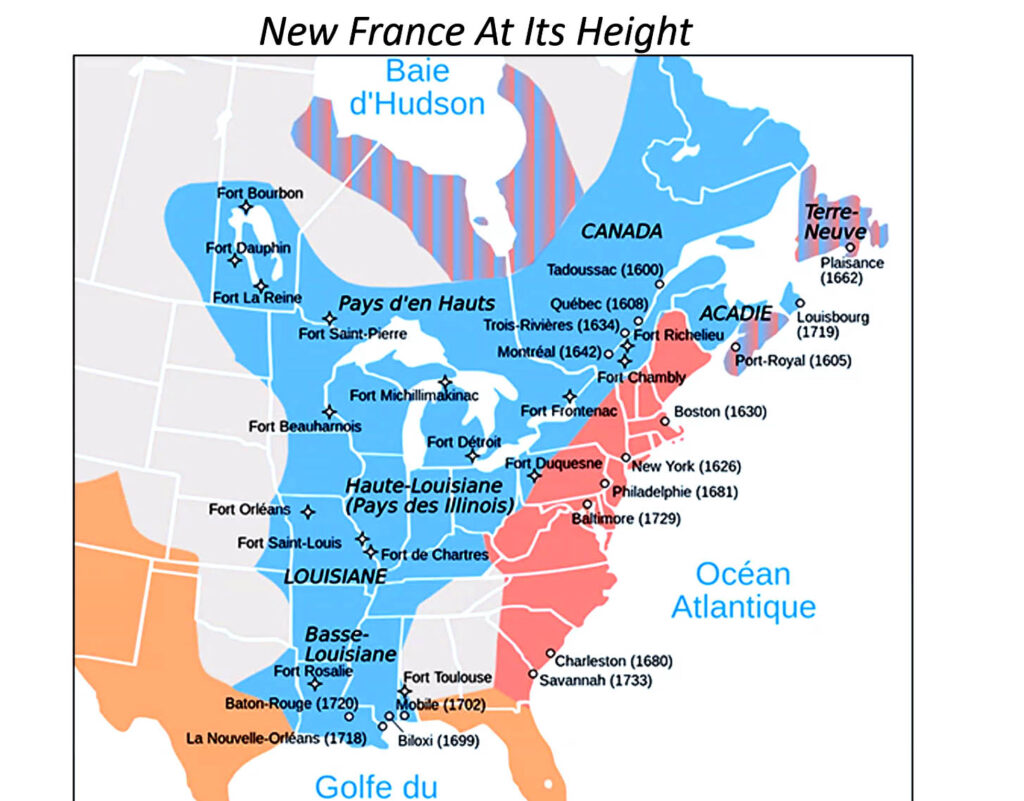
In 1763 Britain defeated France and took control of Canada (which they renamed Quebec), but a horror of Quebec and its Catholicism persisted in the colonies. New England rebels against British rule considered its 1774 Quebec Act “intolerable” because it allowed Québécois to continue Catholic worship even under British rule.
Textile Workers
After the colonies achieved independence, New England elites focused their attention on developing the first large-scale industry in United States, the textile industry. In Waltham, Massachusetts, the Boston Manufacturing Company built a textile factory that transformed raw cotton into finished cloth, encompassing all the carding and spinning and weaving processes in one place. Mill towns sprang up around New England to host similar factories, like Lowell, Mass, which was a whole town based on the textile manufacturing.
As the textile industry expanded, its mills needed workers. The initial labor force was young unmarried Anglo women; thereafter thousands of Germans and Irish did the jobs. But at the onset of the Civil War, the Union blockaded the Confederacy, so the South couldn’t export cotton to the North for processing in the mills. Some mills closed, some reduced their hours, but overall many workers were laid off. They left to find jobs in war production, or they joined the army, or they sought fortunes in the West.
After the Union victory, the South returned to producing cotton, but the skilled laborers who had once worked in the northern textile mills were gone. So textile manufacturers recruited a new workforce in Canada. Quebec responded en masse—in fact, Vermette explained, so many French Canadians and Acadians immigrated to New England that they constituted a mass movement. They worked hard and proved essential—they “saved the textile industry, and perhaps the economy,” said Vermette. And by 1900 they made up 10 percent of New England population. Not all of the French Canadians worked in textiles, but the French Canadians were the spine of the textile industry from the end of civil war until the 1930s, when the Great Depression bankrupted the industry altogether.
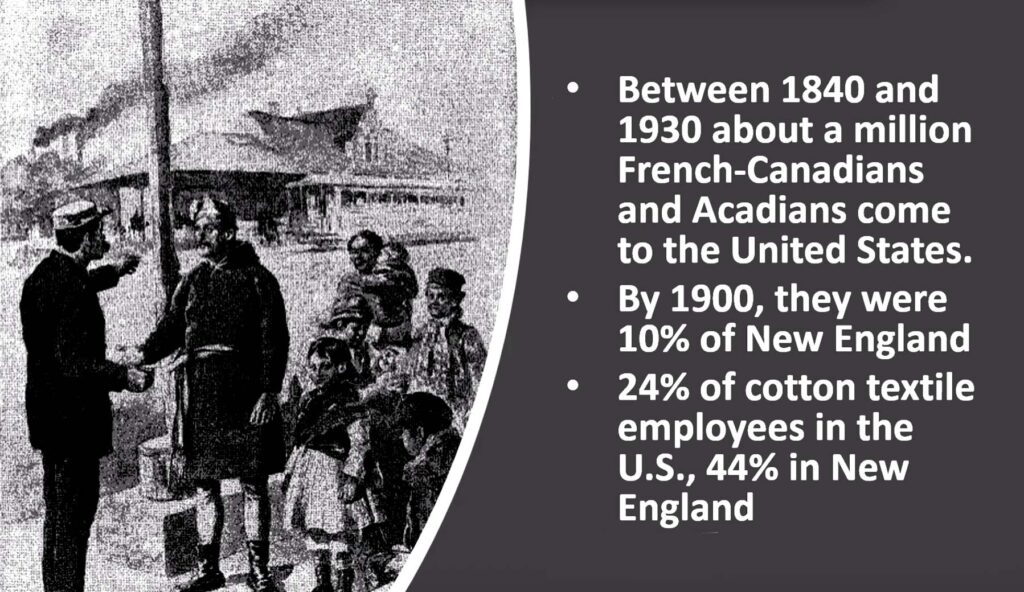
Anti French-Canadian Propaganda
Yet even as French Canadians were manufacturing the clothing that Americans wore, they were subject to recurrent waves of anti-immigrant propaganda. A cartoon portraying the Catholic Church as a sea monster was typical. During the period 1880-1905 French Canadian immigration into New England was a national news story. National press organs like Harpers, and the New York Times wrote sensational articles, while pro and con voices raged in academic journals,
An 1881 report called “The Canadian French in New England” stated that French Canadians were “the Chinese of the eastern states.” They were “a horde of industrial invaders” who came in vast numbers only to work, then left, caring nothing about democracy. The only redeeming qualities of these “sordid and low people” were their docility and their willingness to toil. Managers might well work them to the uttermost—that was “the only good use they can be put to.” Another organ called them “ignorant and unenterprising, subservient to the most bigoted class of Catholic priests in the world,” capable only of exciting contempt.
Conspiracy
The press did not stop with insulting French Canadians and stirring up prejudice against them. The New York Times itself spread a full-blown conspiracy theory about the supposed threat they posed to New England. The Roman Catholic Church had sent French Canadians to New England to seize political control of the region. Quebec would then declare independence from Canada, it would annex New England, and the result would be the return of New France.
In 1889 the Times explained that the revived New France was to include Quebec, parts of Ontario, parts of the Maritimes, the New England states, and a slice of New York. All French Canadians knew about the goal and were in on the plot. In 1892 the paper ranted that bringing New England under Roman Catholic control was the “avowed purpose of the secret society to which every adult French Canadian belongs.”
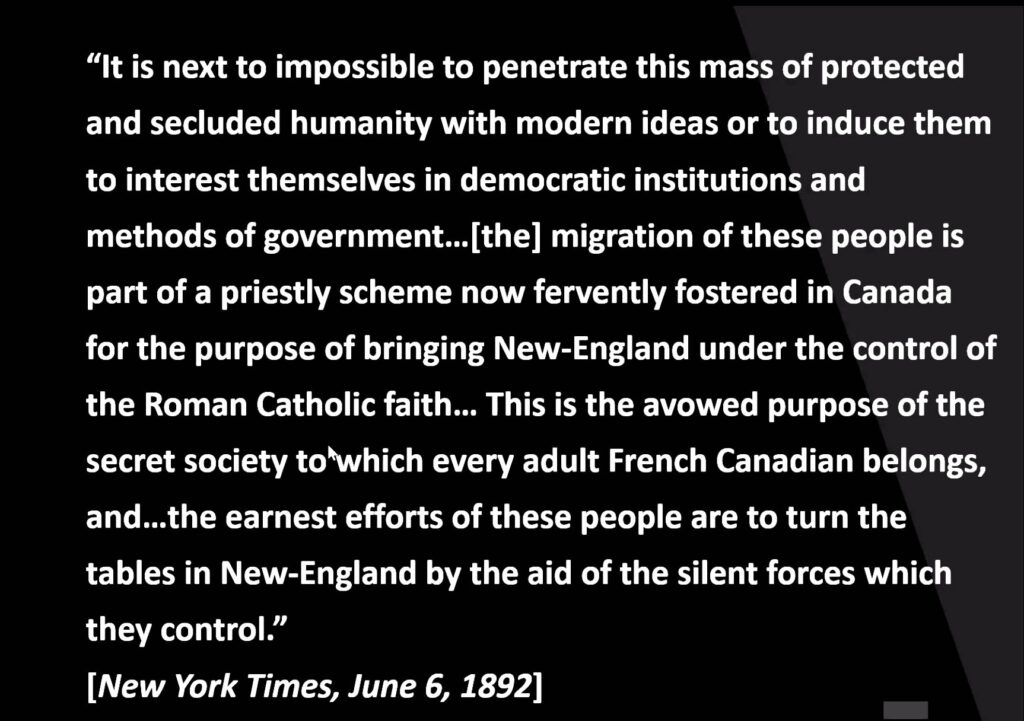
Evangelism
In the 1890s, the peak of French Canadian immigration, the American Protective Association spewed bigotry against Catholics, pronouncing them the lowest class of immigrants and associating them with crime and terrorism. The Ku Klux Klan was also active in New England targeting Catholics
Some American Protestant clergy, infected by the rampant paranoia, tried to go forth and convert French Canadians. Reverend Calvin Elijah Amaron, a Massachusetts Congregationalist, sought “the evangelization of the French Canadians of New England” and even founded a college to train French-speaking missionaries to try to convert French Canadians.
Eugenics
Meanwhile French Canadians were increasingly targeted by the eugenics movement. In Vermont it was widely believed that French Canadians were mixed genetically with Native Americans, and that was bad, eugenicists believed, because race mixing was bad for the gene pool. If people had poor health, eugenicists believed, it was because of their genes, not because of the poor U.S. public health system .
In 1924, the immigration act that put quotas on immigrants from Europe placed similar restrictions on French Canadians because they were “defective” and “mixed race.”
Reality
In truth, Vermette concluded, French Canadian workers in New England were economic immigrants. They had little political motivation. Their organizations were not conspiracies plotting a takeover; they were mutual benefit societies like the Union Saint-Jean-Baptiste d’Amérique, burial societies, and religious groups like the Sacred Heart League. .
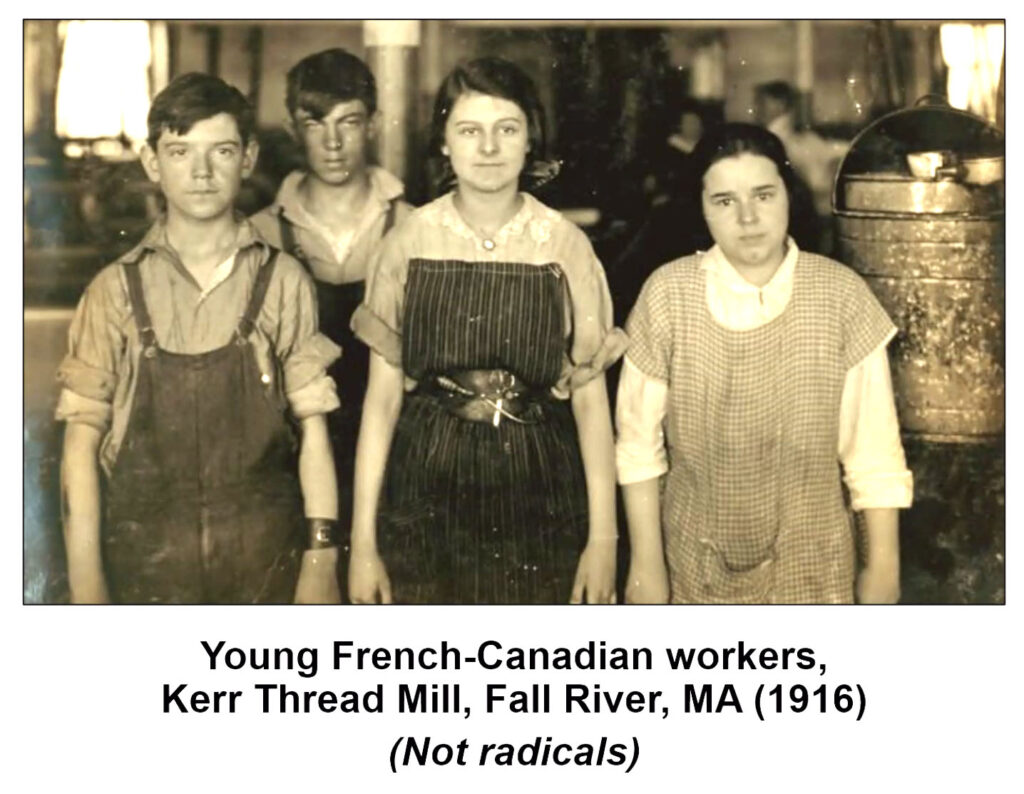
But a few voices, especially elites frozen in a centuries-old hatred of Quebec, New France, and Catholics, spewed hatred of them, and the press chose to amplify those voices and pretend they represented the mainstream.
—Janet Biehl

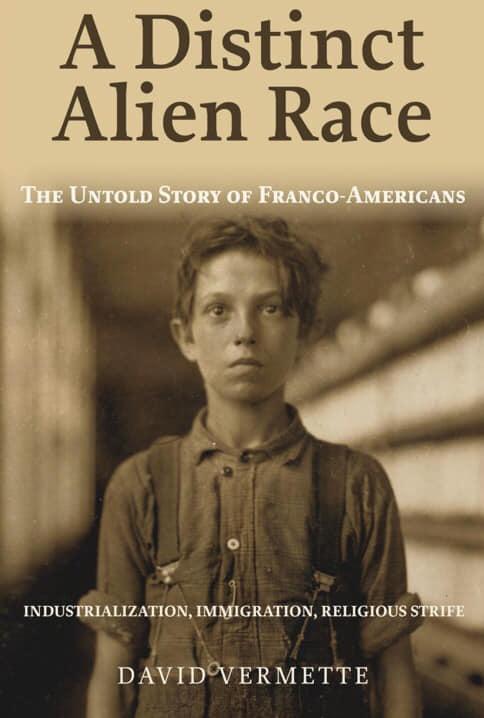
There is no YouTube video for this Pause-Déjeuner presentation.